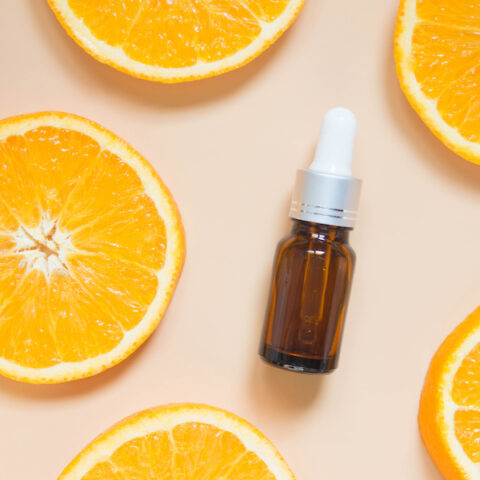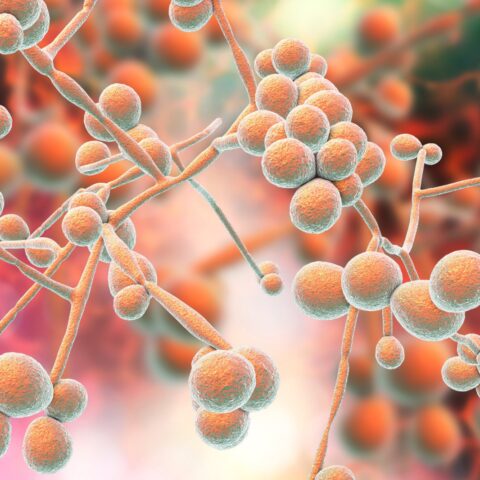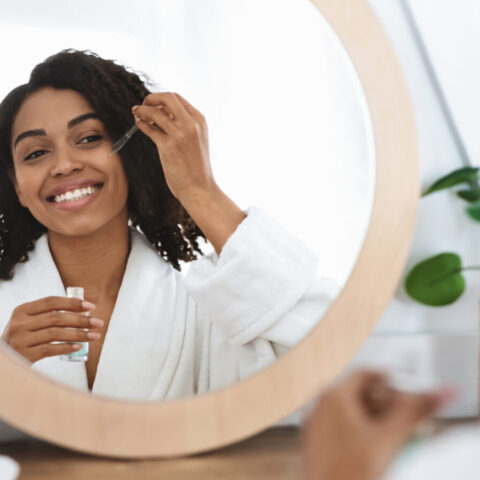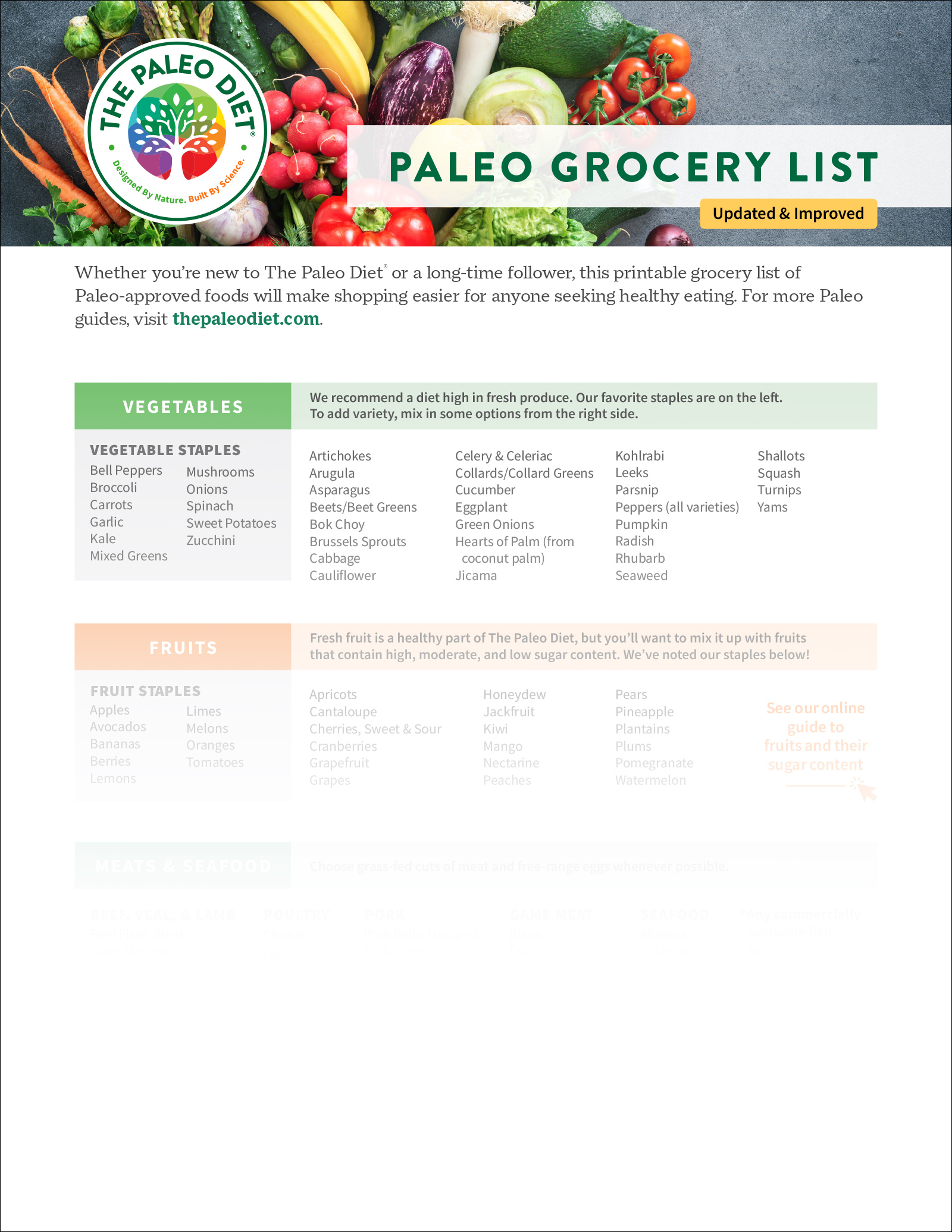Snail Mucin Benefits for Skin
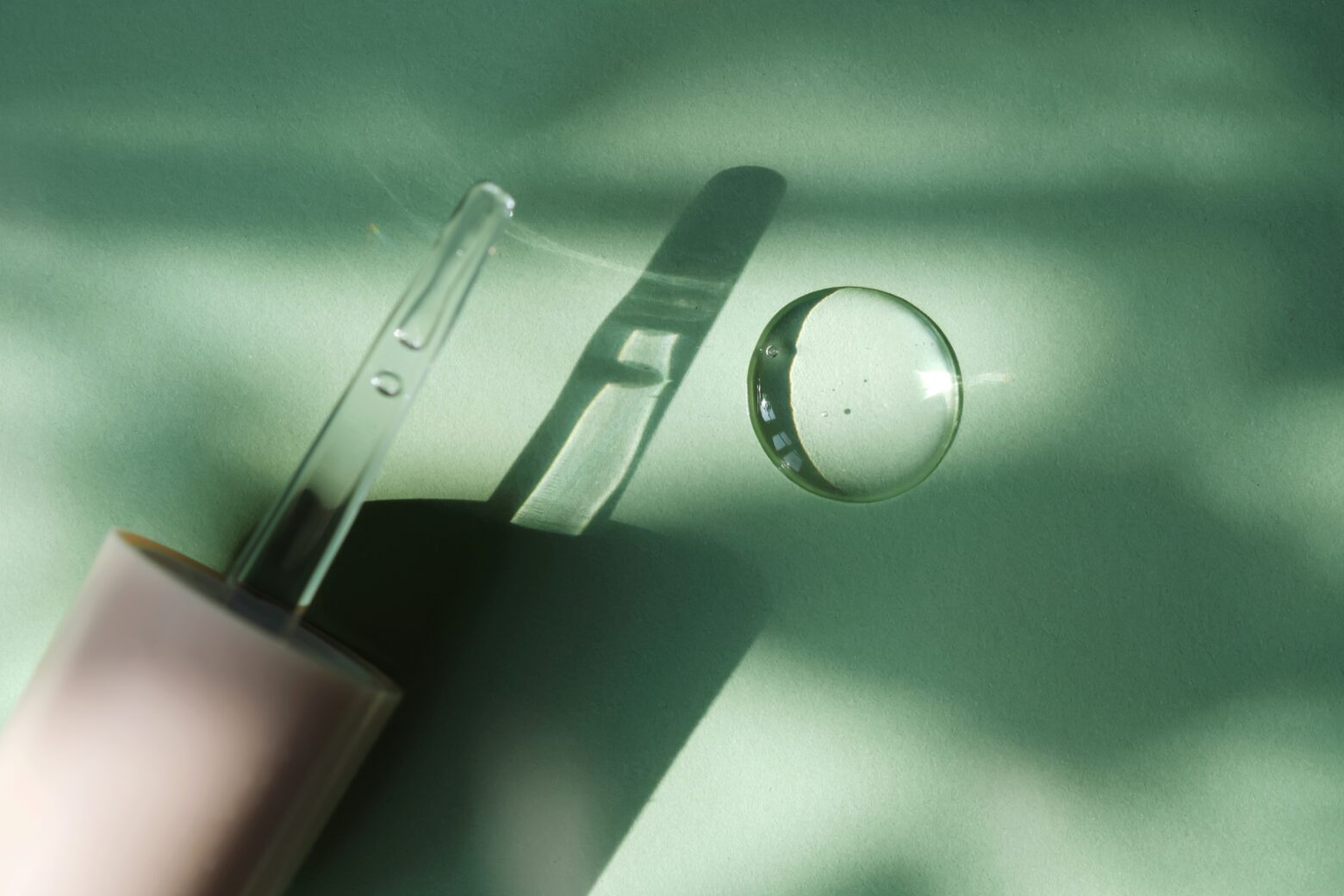
A few years ago, I added snail mucin to my skincare routine after reading about it on a Korean skincare blog. At the time, it was still a relatively new ingredient in the U.S., quietly making its way from K-beauty circles into Western routines.
To my surprise, it quickly earned a permanent spot on my bathroom shelf. The texture may take some getting used to, but the results—smoother, more hydrated skin that actually feels healthier—are hard to argue with.
What Is Snail Mucin?
What started as a niche K-beauty favorite has now crossed into the mainstream. Snail mucin serums and creams are praised for their hydrating and glow-boosting properties, marketed as a natural multitasker that promises to calm acne and soften fine lines.
So does it really work? Science says…maybe. Research so far is promising, showing potential benefits for hydration, wound healing, and barrier repair, but the evidence is still early.1,2 To find out what’s hype and what’s real, I spoke with a dermatologist about what snail mucin actually is, how it might support healthy skin, and the best ways to use it safely.
Also known as snail secretion filtrate or simply “snail slime,” snail mucin is a naturally produced substance that certain types of snails release as they move. It’s the same mucous trail that helps snails glide across surfaces—but in skincare, it’s carefully collected, filtered, and purified before being formulated into serums and creams.3,4 The result is a lightweight, gel-like texture that absorbs cleanly into the skin.
Snail mucin has a surprisingly long history. It was first used in ancient Greece for its soothing and healing properties. It was later popularized by the South Korean beauty industry, where it became a cornerstone of K-beauty routines before finding global fame.
What makes snail mucin so compelling both to dermatologists and skincare enthusiasts is its naturally complex composition. It contains proteins, peptides, glycoproteins, antioxidants, glycolic acid, and hyaluronic acid, compounds known for their ability to attract and retain moisture and support healthy skin function.4–6
Dr. Tanya Kormeili, MD, Board Certified Dermatologist in Santa Monica, California, explains further: “It’s rich in natural proteins and antioxidants, the same substances snails use to repair and protect their own tissue, which makes it a promising ingredient for hydration and regeneration.”
In simpler terms, snail mucin acts like a natural multitasker, helping your skin look plumper, calmer, and more resilient. Once absorbed, it leaves skin soft, dewy, and hydrated.
Is Snail Mucin Good for Acne?
One of the most significant claims surrounding snail mucin is that it can calm breakouts and help fade the marks they leave behind. While it’s not an acne treatment in the same way a prescription retinoid or benzoyl peroxide is, snail mucin may support clearer skin in other ways.
Initial evidence shows that snail mucin has antimicrobial activity (microbes are a key factor in acne) and anti-inflammatory effects, meaning it can help soothe irritation and improve overall texture.1,3 Dr. Kormeili agrees that those with acne-prone skin may indirectly benefit from the nutrients in snail mucin. However, she cautions against claiming that it is more effective than other established ingredients.
While snail mucin may offer similar benefits, ingredients like hyaluronic acid, which attracts and holds water in the skin; ceramides, which strengthen the skin’s protective barrier; and peptides, which signal the skin to produce collagen and elastin, already have a strong body of evidence behind them. Snail mucin might complement these proven ingredients, but it hasn’t yet been studied enough to confirm that it can replace them.
RELATED: How to Promote Clear Skin with The Paleo Diet
Types of Snail Mucin Products
When you scan a skincare label, you might not see the words snail mucin spelled out. Instead, look for “snail secretion filtrate” (SSF)—that’s the technical name for the ingredient. Whether it’s called snail mucin, snail extract, or SSF, it all refers to the same thing.
Snail mucin serum now appears in a wide range of skincare products, from lightweight serums to rich night creams. You’ll find it in moisturizers, repair creams, face masks, gentle cleansers, and even under-eye patches, each designed to target slightly different needs.
Serums and essences tend to have the highest concentration of snail mucin, making them ideal if you’re looking for that dewy, plumped-up glow. Creams and masks, on the other hand, pair mucin with nourishing emollients to help lock in moisture overnight or soothe stressed skin.
If you’re shopping for snail mucin skincare, the ingredient list is your best clue to quality. Look for products where snail mucin appears early on the label, which indicates a higher concentration. Formulas that combine snail mucin with other beneficial ingredients—like vitamin C, peptides, or gentle retinoids—can deliver even more comprehensive result; supporting collagen production, brightening tone, and protecting against free-radical damage.
How to Use Snail Mucin
If you’re ready to give snail mucin a try, the good news is that it’s one of the easiest ingredients to add to your skincare routine. Because it’s gentle and generally well-tolerated, it pairs nicely with most other products.
Start by applying snail mucin after cleansing and toning, but before heavier creams or oils. It’s typically found in a serum or lightweight gel texture that absorbs quickly and helps prep your skin for the rest of your routine. Once it’s fully absorbed, seal it in with your usual moisturizer and always finish with sunscreen in the morning.7
Most people can use snail mucin once or twice a day, depending on the product and how their skin responds. You can also layer it with ingredients like niacinamide and ceramides to boost hydration and support the skin barrier.
“Snail mucin is meant to hydrate and soothe rather than exfoliate, so it fits well in both morning and evening routines,” says Dr. Kormeili. “It’s generally safe to use alongside other actives, but those with sensitive skin should always patch test first and introduce it slowly, especially if they’re using retinol or exfoliating acids.”
Think of snail mucin as your skin’s comfort step—something that replenishes and calms, especially when your skin feels dry, tight, or irritated. With consistent use, you might notice a softer texture, a dewier glow, and overall healthier-looking skin within a few weeks.
The Bigger Picture: Evidence and Safety
Snail mucin may sound like a miracle ingredient—hydrating, healing, smoothing, and soothing—but even the most promising skincare trends need time and data to back them up. While lab and animal studies suggest benefits, large-scale human trials are still limited.1,3,5 That means there’s reason for optimism, but also for healthy skepticism.
“Korean beauty trends are often incredibly popular on social media, but we simply don’t have enough unbiased data to say snail mucin is superior to ingredients we already know work well—like hyaluronic acid, ceramides, and peptides,” says Dr. Kormeili. “As dermatologists, we need to evaluate the science over the fad and be systematic and judicious in our decisions.”
Translation? Snail mucin isn’t a bad idea—it’s just not a magic ingredient. If you’re curious, it’s safe for most skin types when properly formulated and patch tested. Still, like any product sourced from natural materials, quality matters. Because there’s little oversight on how snail mucin is collected and processed, it’s best to stick with brands that are transparent about their sourcing and manufacturing.
Ultimately, think of snail mucin as an option, not a cure-all: a gentle, hydrating boost that can fit comfortably into most routines, but one that still needs more science before it earns a permanent spot in dermatology textbooks.
References
- Singh, N., Brown, A. N., & Gold, M. H. (2024). Snail extract for skin: A review of uses, projections, and limitations. Journal of Cosmetic Dermatology, 23(4). https://pubmed.ncbi.nlm.nih.gov/38429932/
- Deng, T., Gao, D., Song, X., Zhou, Z., Zhou, L., Tao, M., Jiang, Z., Yang, L., Luo, L., Zhou, A., Hu, L., Qin, H., & Wu, M. (2023). A natural biological adhesive from snail mucus for wound repair. Nature Communications, 14(1). https://www.nature.com/articles/s41467-023-35907-4
- McDermott, M., Cerullo, A. R., Parziale, J., Achrak, E., Sultana, S., Ferd, J., Samad, S., Deng, W., Braunschweig, A. B., & Holford, M. (2021). Advancing Discovery of Snail Mucins Function and Application. Frontiers in Bioengineering and Biotechnology, 9. https://pmc.ncbi.nlm.nih.gov/articles/PMC8542881/
- Lim, V. Z., Yong, A. A., Tan, W. P. M., Zhao, X., Vitale, M., & Goh, C. L. (2020). Efficacy and Safety of a New Cosmeceutical Regimen Based on the Combination of Snail Secretion Filtrate and Snail Egg Extract to Improve Signs of Skin Aging. The Journal of Clinical and Aesthetic Dermatology, 13(3), 31–36. https://pubmed.ncbi.nlm.nih.gov/32308795/
- Aflatooni, S., Boby, A., Natarelli, N., & Albers, S. (2023). Snails and Skin: A Systematic Review on the Effects of Snail-based Products on Skin Health [Review of Snails and Skin: A Systematic Review on the Effects of Snail-based Products on Skin Health]. Journal of Integrative Dermatology, 1(1). https://jintegrativederm.org/doi/10.64550/joid.my5hzr63
- Enrico Gugliandolo, Macrı̀F., Fusco, R., Siracusa, R., D’Amico, R., Cordaro, M., Alessio Filippo Peritore, Impellizzeri, D., Genovese, T., Cuzzocrea, S., Rosanna Di Paola, Licata, P., & Crupi, R. (2021). The Protective Effect of Snail Secretion Filtrate in an Experimental Model of Excisional Wounds in Mice. Veterinary Sciences, 8(8), 167–167. https://www.mdpi.com/2306-7381/8/8/167
- How to Use Snail Mucin Essence (Correctly!). (2024, July 2). SeoulCeuticals. https://seoulceuticals.com/blogs/news/how-to-use-snail-mucin-essence-correctly
Maureen Farrar
Maureen Farrar has spent more than 20 years as a writer and editor for several print and digital outlets. She writes about health, fitness and nutrition.
More About The Author

